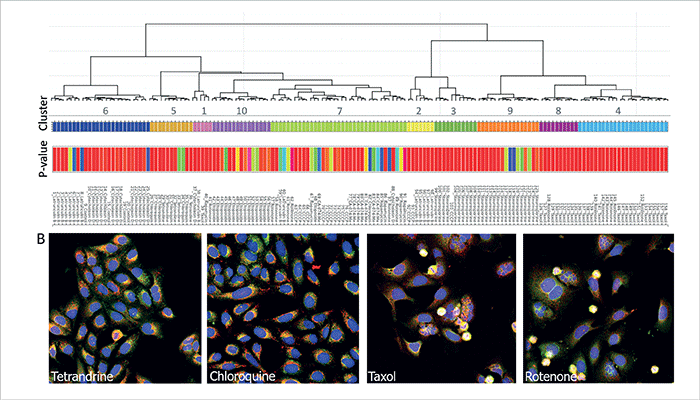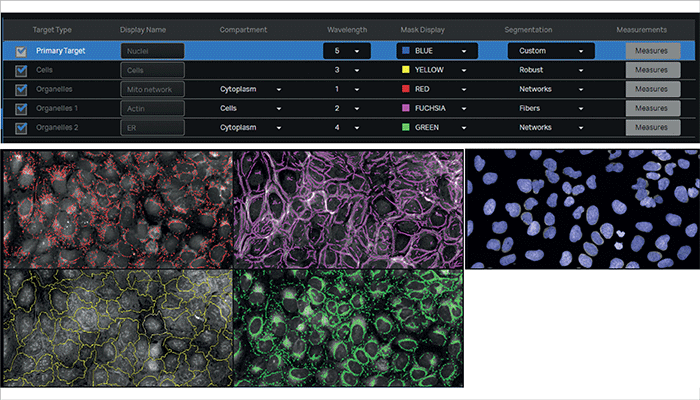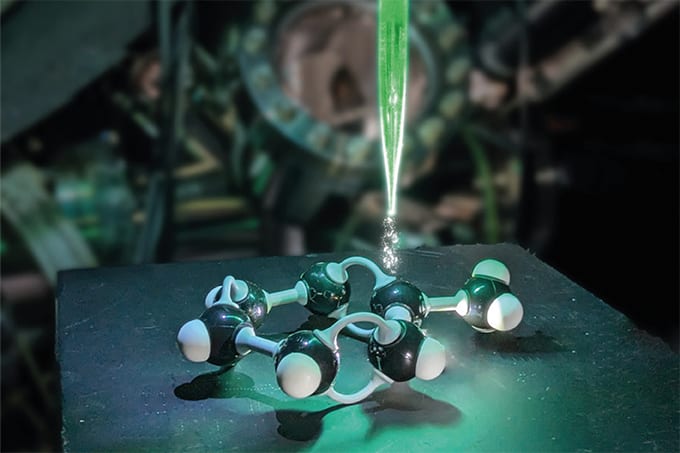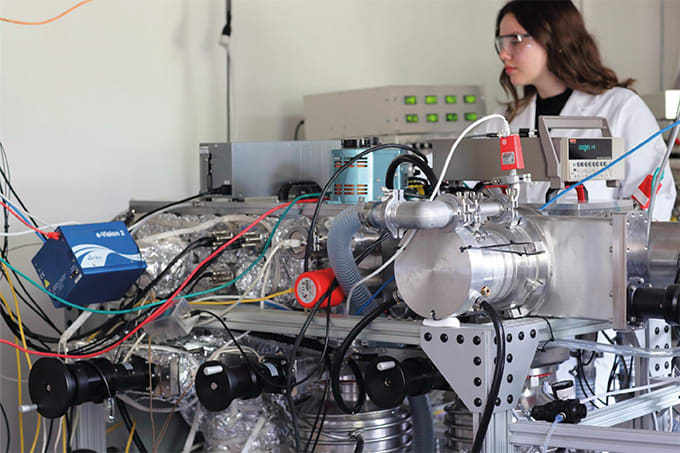Cell painting is a high-content profiling technology that uses up to six fluorescent dyes to visualize specific cellular components at the single-cell level. The assay essentially “paints” images of various components of the cell, including the nucleus, mitochondria, endoplasmic reticulum, cytoskeleton, and more. After microscopic images are captured, image analysis software converts them to data by extracting various measures of cellular morphology, called features. The results allow researchers to understand the effects of perturbagens, such as chemical compounds or genes, on the behavior of cells, feeding drug discovery and the characterization of bioactive molecules.
Here, we speak with Angeline Lim, Senior Scientist at Molecular Devices, and David Egan, co-founder and CEO at Core Life Analytics, about a collaboration focused on using AI to make cell painting faster and more efficient.
What are the current limitations of cell painting?
Cell painting workflows often prove time- and labor-intensive – a full screen may take several days to complete and generate massive amounts of data. Next, researchers face the challenge of extracting meaningful information from the resulting data, which can be overwhelming – either demanding the expertise of a data scientist or – in a worst-case scenario – wasting valuable data simply because of the lack of tools.
How can AI-enabled technologies help?
Overcoming the aforementioned hurdles requires additional computational tools. In the past, only a team of statisticians, data scientists, and software developers was capable of analyzing cell painting data with any reasonable and timely success. Now, AI can quickly facilitate the analysis of large image datasets. In addition to machine learning-enabled software that handles data extraction from images, AI-enabled tools such as StratoMineR – a data analytics software from Core Life Analytics – can also help scientists iteratively mine data for information without the help of a data scientist.
Could you share more details about your collaboration?
At Molecular Devices, our customers are largely biologists in the life sciences field – not data scientists – who seek us out for guidance around analyzing large datasets coming from their cell painting assays performed with our high-content cellular imaging systems. The cloud-powered data analytics solution from Core Life Analytics, called StratoMineR, offers users a self-guided workflow that enables researchers to easily derive meaning from their high-content data.
Our collaboration provides more biologists with the AI-enabled tools that deliver advanced data mining and analysis – reducing the dependency on data science expertise.
And how might this benefit drug discovery?
The democratization of data science with AI-enabled analytic software enables data-driven decision making. It has enormous potential for speeding up the drug discovery process and reducing failure rates.


Angeline Lim supports scientific, technical, and applications initiatives for Molecular Devices’ portfolio of ImageXpress high-content imaging systems and David Egan co-developed Core Life Analytics’ StratoMineR platform with his co-founder Wienand Omta to help biologists independently analyze complex datasets.




